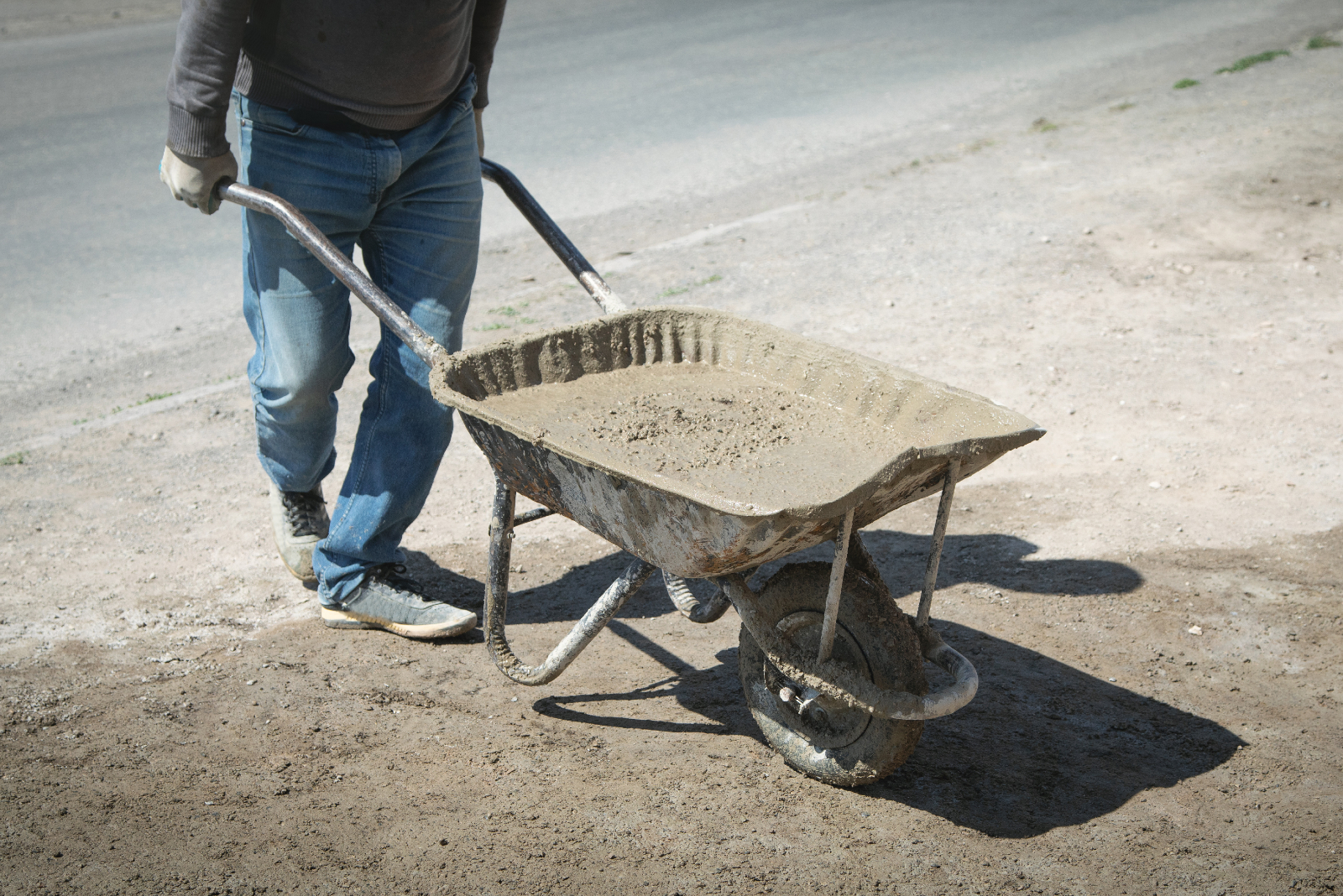
(Focus on Manual Handling)
According to the Health and Safety Executive (HSE), over 1.2 million working days are lost in the UK because of injuries caused during manual handling tasks in the construction industry.
Aside from the economic impact, such injuries can be painful and have long-term, serious consequences – particularly those involving back problems like slipped discs and repetitive strain injuries. At Sheriff Construction, our site workers undertake mandatory training in this area but we thought we’d use this week’s blog as a reminder of why this is such a backbone of safety in construction and pass on a few general ‘DOs’ and ‘DON’Ts’.
What is manual handling?
The Manual Handling Operations Regulations 1992 states that manual handling in construction relates to the transportation or support of a load using bodily force alone or with help from hand-held equipment. This applies to large or heavy objects, but also to a range of smaller items such as machinery or tools. It’s important also to remember that, in construction, manual handling actually refers to a wide range of activities, including lifting, lowering, carrying, pushing and pulling.
What’s the problem?
If everyone followed the correct manual handling procedures, then this wouldn’t be an issue to speak much about. However, the problem is that poor or incorrect practices do occur and that’s when people are put at risk of all kinds of injuries.
Back problems are common, as are joint issues in the arms and knees but various other body parts can also be affected. We’re talking about everything from cuts and bruises to a slipped disc. Even lifting lighter loads can involve risk if the task is carried out repetitively. Without following the proper regulations, these can lead to long-lasting repetitive strain injury.
All in all, the HSE say that manual handling is the root cause of more than a third of all workplace injuries in the UK so unfortunately this is a problem that has to be constantly monitored and addressed.
Risk Assessment
Because of the potential for serious consequences, manual handling task should always be risk assessed. The following ‘TILE’ approach is recommended:
- Task: Consider how often the task is required and is that too repetitive? Does it require awkward movements like twisting or bending?
- Individual: Look at how capable and suitable a person is for the job. Are they old or young, male or female, experienced or inexperienced? Are they strong enough? Do they have any health problems which might impact their manual handling ability?
- Load: Consider the object’s size, bulk and weight. Is it heavier at one end? Is it easy or difficult to grip?
- Environment: Enclosed spaces, poor lighting, wet floors, stairs, uneven floors, hot/ cold temperatures and windy conditions – all of these are environmental factors which can make manual handling jobs trickier and cause accidents.
Manage the risk
Once the risk assessment has been completed, the next step is to find ways of reducing or avoiding those risks completely and ensuring everyone is taught the correct technique or procedure.
Depending on the circumstances of each manual handling situation, that could mean things like using a piece of machinery to lift a heavy object; lifting an object as part of a team; remembering to keep the feet in a stable position; and/or avoiding twisting or leaning backwards motions.
Here’s a few key ‘DOs’ and ‘DON’Ts:
DO:
- Always assess the health and safety risks of manual handling tasks
- Avoid manual handling wherever possible
- Stick to what you’ve learnt in training about correct manual handling techniques
- Ensure the workplace environment is safe and report issues to a supervisor immediately
- Ask for help if it’s needed
- Only use well maintained equipment and PPE where necessary
- Use relevant machinery where this will aid the task (e.g. a tail lift)
- Maintain good posture, fitness, health and flexibility
- Take on board any recommended changes to your regular practices
- Report any accidents/ injuries immediately and seek medical advice wherever necessary.
DON’T:
- Lift loads which you find too heavy
- Continue with jobs which require awkward body movements or repetitive movements if they haven’t been properly risk assessed (e.g. bending over for too long or squatting down)
- Use any unsafe manual handling techniques
- Use any PPE which is damaged or which would affect body movement or lifting
- Avoid mandatory training or ignore any important manual handling regulations
- Keep personal health issues secret if they could pose a risk to you at work.
If you’ve got any additional tips on safe manual handling, let us know by commenting over on our Facebook or LinkedIn pages.
17.10.2023
Feature image: Freepik








